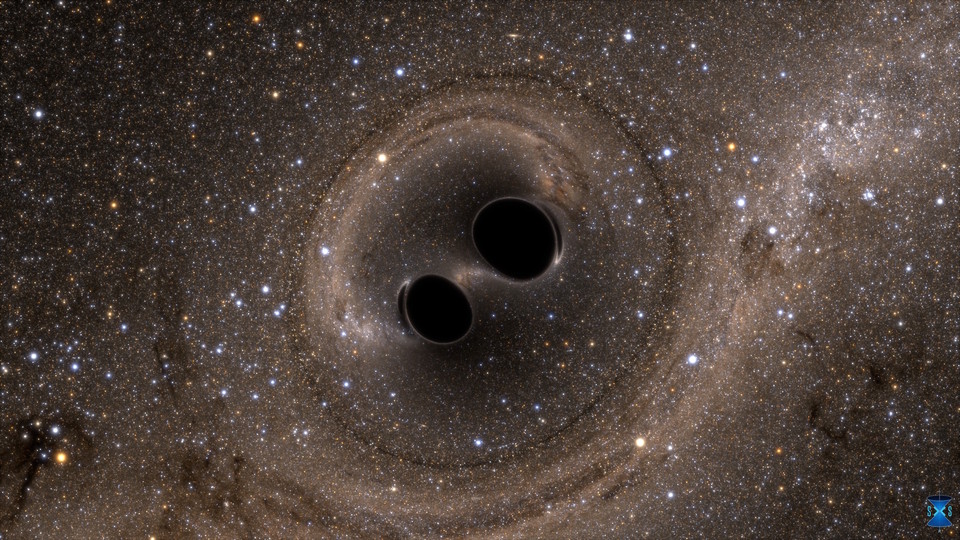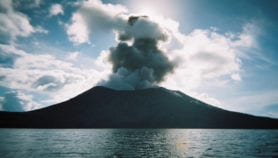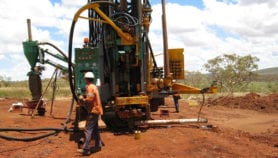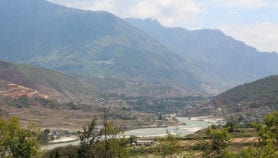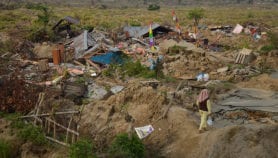By: Archita Bhatta
Send to a friend
The details you provide on this page will not be used to send unsolicited email, and will not be sold to a 3rd party. See privacy policy.
What is the next step after the detection of gravitational waves?
What is the larger goal for science?
The larger goal of the community is to find every astrophysical object from which gravitational waves can be detected. So let’s say if I have two neutron stars, (the collapsed core of a large star of 10–29 solar masses), or a black hole and neutron star collide then we can see both gravitational waves and electromagnetic waves from them.
This ‘window to the universe’ might lead to more findings?
Yes. But there are a lot of things for which the models are not perfect. For instance we do not have a precise understanding of how two black holes are together. Or why the large-scale structure of the universe is the way it is, why there are gaps. If the universe had a perfect structure, then it would have been a flat plane. There is a star and then there is a huge gap and then another star. And even larger gaps between galaxies. So we need to know why things are as they are. The very first instance of fluctuation of the universe is recorded in gravitational waves. We have detected one type of fluctuation which is the cosmic microwave background (CMB). But the light of CMB was released when the universe was 380,000 years ago and hence limits our quest to understand the birth of our universe. The cosmic gravitational wave background we will eventually see will give us information about the when the universe was born.
What has been the historical contribution of Indian scientists in the field?
Vishweswara, a graduate student at Caltech in the late 1950s wrote three seminal first author papers in the field of general relativity. His first paper analyzed for the first time the structures of both spinning and non-spinning black holes. This was before the term ‘black hole’ was coined. The second paper proved for the first time that a black hole is a stable solution, hence guaranteeing that it can indeed exist in our real universe. The third paper, which was cited by us (LIGO team), proved that gravitational-waves will be emitted in a process known as “ringdown of black holes”.
Where do you see India in the next step of the journey?
Will this help strengthen India’s human capital in science?
We have a fair amount of historical legacy of scientists working on relativity, starting from S Chandrashekhar, P.C. Vaidya, A. K. Raychaudhuri to C. V. Vishweshara, right down to Sanjeev Dhurandhar. They all have been working in the fields of gravity and gravitational waves. So it seems fitting that India has invested in this field because we already have a lot of scientific minds working in the field.
What is the locational advantage India has that you are speaking of?
If you have two detectors close by, that means the signal is approaching them pretty much at the same time. If these are farther from each other, there would be a difference. If the signal comes to India first and then reaches the US, that means it came from the direction that is joining India to the US. And it is important to know where gravitational-waves come from because then I can tell my colleagues with telescopes to point them at that particular patch in the sky. If they see an X-ray coming from that same patch in sky, that’s a breakthrough. Then we will know that the universe has Black Holes that have gas around them, that creates the X-ray or something… things we do not know right now.
Will the LIGO project help India in capacity building?
If India wants to seriously invest in this whole field of science, it would need so many PhDs, and have a technical staff of hundreds, which we aim to achieve in ten years. While we will take ten years to construct this detector, the job of a scientist like me would be to have PhD students, then train Masters and Bachelors students and so forth, who will later go for doing their PhDs. So that is how you put a human capital for this project.
How will it build technical capacity?
There are many areas that go beyond astrophysics. Ultimately you are building the detector for the astrophysicist community which wants to detect Black Holes and answer these questions. But in the process, you have to learn how to make precise lasers, you have to learn about quantum optics, a big chunk is instrumentation, and you have to even learn geology, because the seismic noise in the detector is coming from the geology around it. And all this requires a set of people who are interested in the project and not just in the astrophysics.


